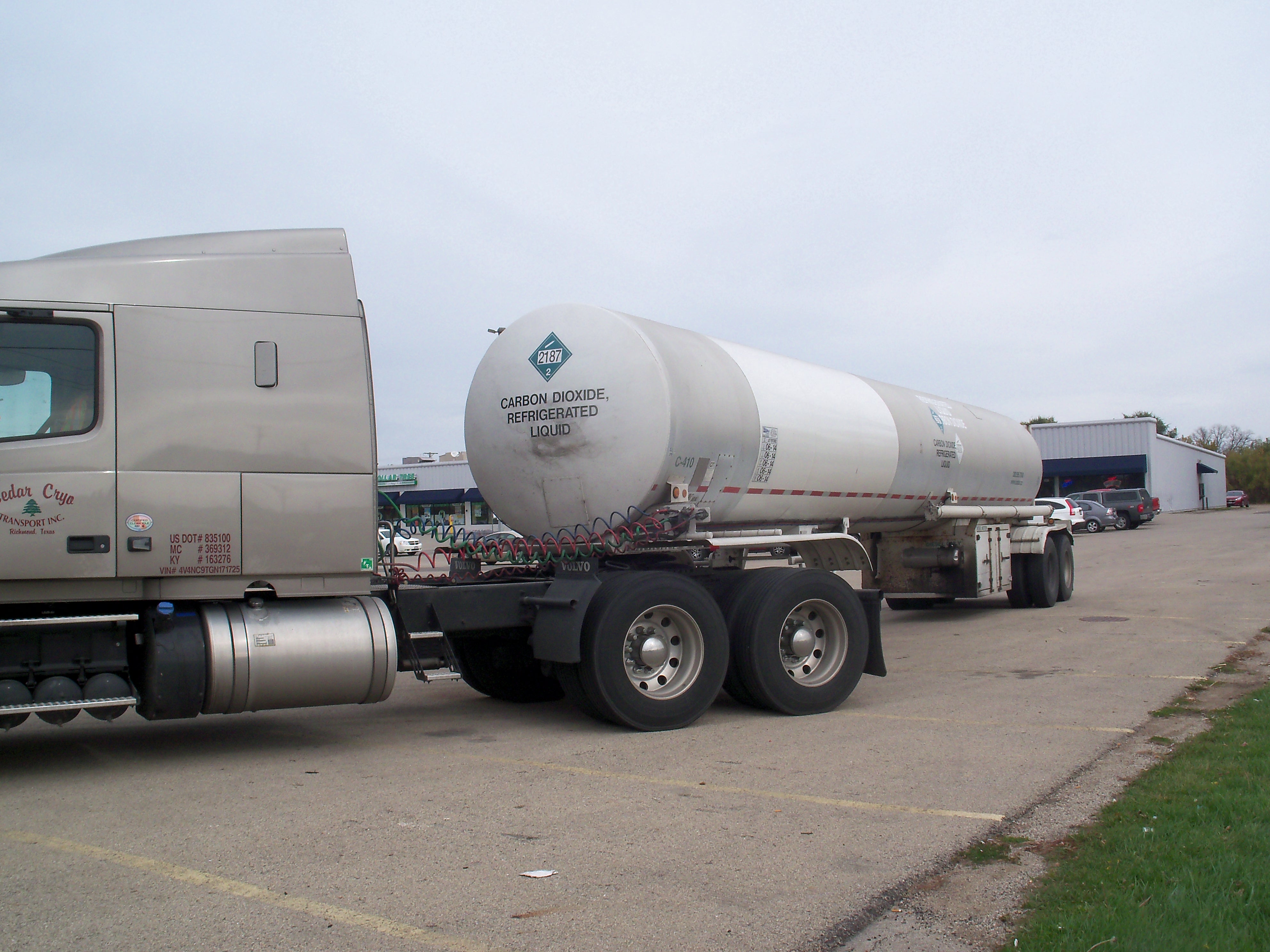The Definitions:
The Hazardous Materials Regulations (HMR) of the Pipeline and Hazardous Materials Safety Administration within the U.S. Department of Transportation (USDOT/PHMSA) define both a cargo tank and a cargo tank motor vehicle at 49 CFR 171.8.
Cargo tank means a bulk packaging that:
(1) Is a tank intended primarily for the carriage of liquids or gases and includes appurtenances, reinforcements, fittings, and closures (for the definition of a tank, see 49 CFR 178.320, 178.337-1, or 178.338-1, as applicable);
(2) Is permanently attached to or forms a part of a motor vehicle, or is not permanently attached to a motor vehicle but which, by reason of its size, construction or attachment to a motor vehicle is loaded or unloaded without being removed from the motor vehicle; and
(3) Is not fabricated under a specification for cylinders, intermediate bulk containers, multi-unit tank car tanks, portable tanks, or tank cars.
And…
Cargo tank motor vehicle means a motor vehicle with one or more cargo tanks permanently attached to or forming an integral part of the motor vehicle.
So lets break it down…
- A cargo tank is a bulk packaging. A bulk packaging is also defined at §171.8 and explained in this article: Bulk Packaging for HazMat Explained! But for the purposes of this article a bulk packaging has a maximum capacity of more than any of the following:
- 450 L (119 gallons) as a receptacle for a liquid.
- 400 kg (882 pounds) and 450 L (119 gallons) as a receptacle for a solid.
- Water capacity of 454 kg (1,000 pounds) as a receptacle for a gas. Note: a water capacity of 454 kg (1,000 pounds) calculates out to a volume of 450 L (119 gallons).
- A cargo tank is intended primarily for carriage of liquids or gases but is not limited solely to those two phases of matter and may be used for a solid.
- It is a tank and includes the appurtenances, reinforcements, fittings, and closures associated with a tank. Applicable definitions are found as follows:
- §178.320 for the general requirements applicable to all DOT specification CTMVs.
- §178.337-1 for the general requirements for a CTMV primarily for transportation of compressed gas (specification MC-331).
- §178.338-1 for the general requirements for an insulated CTMV (specification MC-338).
- It is permanently attached to or forms a part of a motor vehicle.
Or…
- Is not permanently attached to a motor vehicle but must be loaded or unloaded without being removed from the motor vehicle.
And finally…
- It is not manufactured to the specifications of any of the following (i.e., it isn’t any of the following):
- Cylinder
- Intermediate bulk container (IBC)
- Multi-unit tank car tank (rail)
- Portable tank
- Tank car (rail)
|
Contact me with any questions you may have about the transportation of hazardous materials by air, highway, vessel, or rail International and Domestic Daniels Training Services, Inc. 815.821.1550 |
So what then is a cargo tank motor vehicle (CTMV)?
I think the definition of §171.8 answers that question without an explanation from me.



